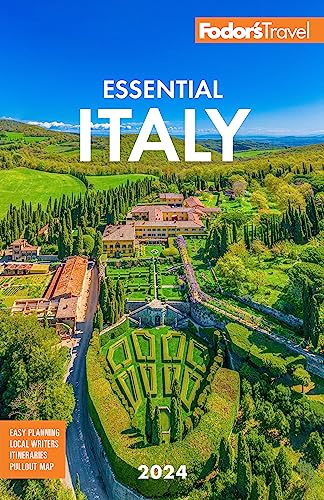When you're on a hilltop surrounded by soaring medieval towers silhouetted against the sky, it's difficult not to fall under the spell of San Gimignano. Its tall walls and narrow streets are typical of Tuscan hill towns, but it's the medieval "skyscrapers" that set the town apart from its neighbors. Today 14 towers remain, but at the height of the Guelph–Ghibelline conflict there was a forest of more than 70, and it was possible to cross the town by rooftop rather than by road. The towers were built partly for defensive purposes—they were a safe refuge and useful for hurling stones on attacking enemies—and partly for bolstering the egos of their owners, who competed with deadly seriousness to build the highest tower in town.
The relative proximity of San Gimignano, arguably Tuscany's best-preserved medieval hill town, to Siena and Florence also makes it one of Italy's most-visited places. But the traffic is hardly a new problem; the Etruscans were encamped here, and the Romans made it an outpost. With the yearly flow of pilgrims to and from Rome in the Middle Ages, the town—then known as Castel di Selva—became a prosperous market center. When locals prayed to a martyred bishop from Modena for relief from invading barbarians, relief they got, and in gratitude they rechristened the town in his honor as San Gimignano. Devastated by the Black Death of 1348, the town subsequently fell under Florentine control. Things got going again in the Renaissance, with some of the best and brightest painters —Ghirlandaio (1449–94), Benozzo Gozzoli (1420–97), and Pinturicchio (circa 1454–1513)—coming to work, but soon after, the main road was moved, cutting San Gimignano off from the main trade route and sending it into decline.
Today San Gimignano isn't much more than a gentrified walled city, touristy but still very much worth exploring because, despite the profusion of cheesy souvenir shops lining the main drag, there's some serious Renaissance art to be seen here. Tour groups arrive early and clog the wine-tasting rooms—San Gimignano is famous for its light white Vernaccia—and art galleries for much of the day, but most sights stay open through late afternoon, when most tour groups have long since departed.




